Have you ever wondered if plugging your phone into a fast charger all the time is actually shortening its battery lifespan? With phones now capable of lightning-quick charging, this has become a common question for many device owners. In this article, we’ll separate fact from fiction to bring you the truth about fast charging and phone battery health.
Table of content
- 1. Key Takeaways
- 2. Does Fast Charging Damage Phone Batteries?
- 3. The Principle and History of Fast Charging
- 4. The Impact of Different Types of Fast Charging on Different Types of Phones
- 5. How to Maintain the Lifespan of Your Phone Battery
- 6. How to Choose a Fast Charger Suitable for You
- 7. Conclusion
- 8. People Also Ask

Key Takeaways
- Fast charging does not inherently damage modern phone batteries when used properly with compatible devices and chargers. However, excessive heat can still degrade batteries over time.
- Fast charging standards continue to evolve, delivering faster speeds without compromising battery lifespan by intelligently regulating voltage and temperature.
- Using third-party fast chargers that don’t dynamically adapt to your device can lead to overcharging and heat buildup, impacting battery health, so official branded chargers are recommended.
- While fast charging is generally safe, following best practices, like avoiding overcharging, extreme battery depletion, and exposing your device to high ambient temperatures, will maximize battery lifespan.
Does Fast Charging Damage Phone Batteries?
Summative conclusion: When used properly, fast charging does not inherently damage modern smartphone batteries, according to the latest research. Phone makers design batteries and charging systems to be durable, while fast charging standards continue to evolve to deliver speedier power-ups without compromising battery lifespan.
Let's review the key facts...
A detailed analysis by PCMag debunks the myth that fast charging harms smartphone battery capacity over time. The primary reason is that phone makers have implemented robust charging safeguards to prevent overcharging. Modern fast charging standards like USB Power Delivery and Qualcomm Quick Charge also dynamically regulate voltage and current flow to minimize heat and battery wear.
So by following best practices, like using the official branded fast charger and avoiding exposure to high ambient temperatures, fast charging remains a safe and convenient way to quickly repower your phone without excessively shortening battery lifespan. We'll examine proper charging habits in more detail later in this guide.
The Principle and History of Fast Charging
Before digging deeper, let's clearly define what fast charging is, how it works, and how charging rates have rapidly progressed over the smartphone era…
|
Slow Charging |
Fast Charging |
|
Less than 15W power output |
Over 18W power output |
|
Uses standard USB cable and charger |
Needs advanced charging protocol and hardware support |
|
Up to 10 hours from 0-100% |
As little as 30 minutes from 0-50% |
The key difference is that fast charging provides higher voltage and current to deliver more power over the USB charging cable, allowing compatible devices to charge at accelerated speeds, often rated in wattage.
Let's briefly trace the evolution of fast charging capabilities:
- Early smartphones charged at glacial 5W rates using basic USB
- Fast charging arrived in 2012 with Qualcomm QuickCharge 1.0 at 36W
- Standards advanced to reduce charging time and heat, leading to today's 240W speeds
More recently, gallium nitride (GaN) has enabled smaller and more efficient chargers. GaN conducts electricity better than traditional silicon, facilitating fast charging in compact adapter designs.
Check out this visual history at IETCharger showcasing charger transformation over the years.
Now let's examine if fast charging impacts various phone models differently.
The Impact of Different Types of Fast Charging on Different Types of Phones

With many proprietary fast charging standards in play, could some be more harmful than others depending on your smartphone model? Let's break it down:
Impact of Fast Charging on Android Phones
Due to Android's open ecosystem with multiple brands utilizing different fast charging specs, results can vary:
- Many Samsung and recent high-end Androids support 25-45W adaptive fast charging rates with no battery degradation observed.
- Budget Android models may lack advanced battery protection and cooling, so lower 15W charging is safer.
- Using an incompatible third-party fast charger can overheat and damage any phone battery by delivering inconsistent power.
Impact of Fast Charging on Apple iPhones
Thanks to Apple's end-to-end optimization, iPhones exhibit exemplary fast charging battery life:
- All iPhones since the 8 series support universal fast charging standards without harm.
- Newer models charge rapidly thanks to optimized 20W USB-PD and wireless MagSafe charging.
- Lightning cables feature built-in chipsets to communicate exact power needs to Apple chargers.
Impact of Fast Charging on Older Phone Models
For phones released before fast charging capabilities, increased charging speed can take a heavier toll:
- Low heat tolerance and inadequate voltage regulation makes batteries more vulnerable to overheating.
- However, using the original slow charger and cable provides a controlled 5V charge.
- If attempting to fast charge, do not leave unattended to avoid temperature extremes.
For an in-depth engineering analysis, read this Electronics StackExchange thread.
How to Maintain the Lifespan of Your Phone Battery
To maximize your phone’s long-term battery lifespan and performance, follow these essential fast charging best practices:
Avoid Overcharging Your Phone Battery
- Once your phone approaches full charge, wiring intricacies cause efficiency to drop while heat builds up.
- Unplug shortly after hitting 100% to avoid trickle charging.
- Don’t leave unattended for extended stretches while fast charging.
You Shouldn't Let Your Battery Drain to Zero
- Deep discharges put more strain on battery capacity.
- Recharge at 20-30% minimum to avoid fully draining.
- Newer phones have the ability to learn your usage patterns and optimize charge time.
High Temperatures Can Damage the Battery
- Don't leave devices charging in hot cars or direct sunlight.
- Ambient temps above 85°F/30°C introduce damaging heat risk.
- Wireless charging produces more internal heat than wired charging.
Head to CNET for helpful visual graphs demonstrating these effects.
How to Choose a Fast Charger Suitable for You

With countless charging options available, selecting an optimal fast charger for your device prevents potential battery issues:
Know Your Phone's Model
- Research the peak charging wattage your phone's battery supports for maximum speed without hazards.
- This varies across phone generations, even within the same brand.
|
Phone Model |
Max Charging Wattage |
|
iPhone 14 Pro Max |
27W |
|
Samsung Galaxy S22 |
45W |
|
Google Pixel 7 Pro |
23W |
Understand if Your Phone Limits Charging Power
- To control heat and prolong lifespan, many phones don't continuously draw full wattage, even with a higher capacity charger.
- For example, connecting a 65W charger to an iPhone 14 Pro Max only yields 27W charging speed.
Know if Your Phone Has Smart Adaptation for Charging or Requires a Specific Charger and Cable for Maximum Rate
- Smart Adaptive Charging detects the optimal rate supported to avoid overheating batteries. Any compatible standard charger works safely.
- Certain brands like OnePlus have proprietary charging that demands certified chargers and cables to deliver peak speed and safety.
When in doubt, you can't go wrong using the official branded cable and adapter. Refer to Coolblue's charger buying guide for further charging wisdom.
Conclusion
In closing, understand that today's advanced fast charging capabilities do not intrinsically inflict battery damage when manufacturers' guidelines are followed. Phone batteries and charging circuitry have progressed exponentially to sustain speeds that were unimaginable only a few years ago.
While researching technical standards and terminology can feel overwhelming at times, simply using the in-box charger and cable that came with your specific phone model provides reliable performance. And sticking to general best practices around temperature regulation, charge levels, and overall charging habits maintains safe and efficient fast charging regardless of your smartphone.
So take comfort from the science and savvy engineering inside modern devices. Fast charging pitstops can confidently power up your phone without excessively compromising long-term battery health when applied judiciously.
People Also Ask
Is it bad to use a phone while fast charging?
Using a phone while fast charging is generally safe, as modern smartphones are designed to handle fast charging without overheating or damaging the battery. However, it is essential to follow the manufacturer's guidelines and use a compatible charger for your device.
Is 120W charging safe?
Yes, 120W charging is safe, as it comes with multiple protection features, such as high-temperature charging/discharging protection in the battery, overheating shutdown protection for the circuit, USB input overcurrent protection in the circuit, short circuit protection for both charger and circuit, and overcurrent protection and overvoltage protection for the charger.
At what percentage should I charge my phone?
You can typically use a higher-wattage phone charger without damaging your device, as most devices draw current as needed, meaning they will only use as much power as they are designed to. However, it is essential to follow the manufacturer's guidelines and use a compatible charger for your device.
Can I use a 120W charger for a 33W phone?
Yes, you can use a 120W charger for a 33W phone, as long as the voltage is the same. However, it won't charge your phone faster, and your phone will only draw the power it needs

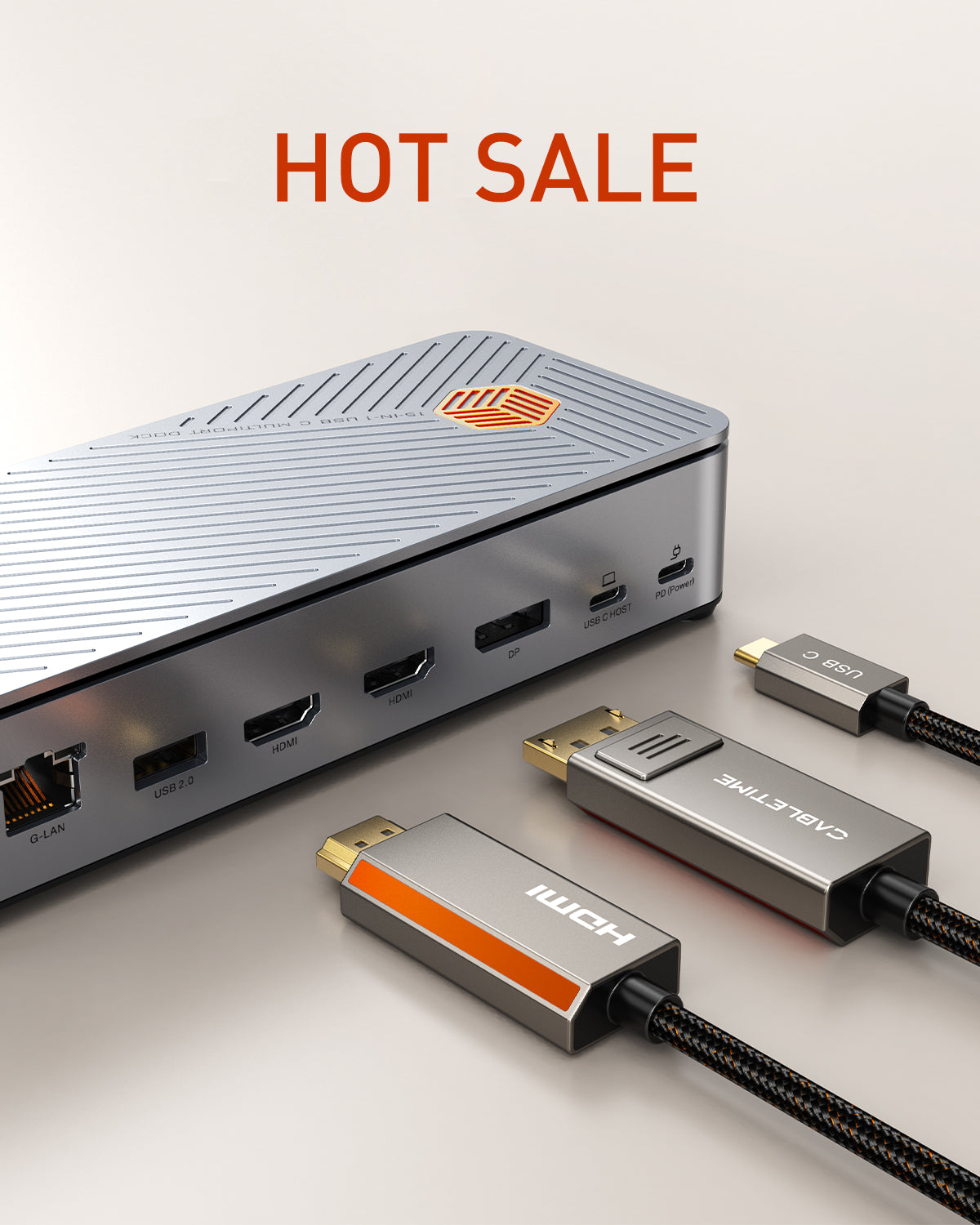
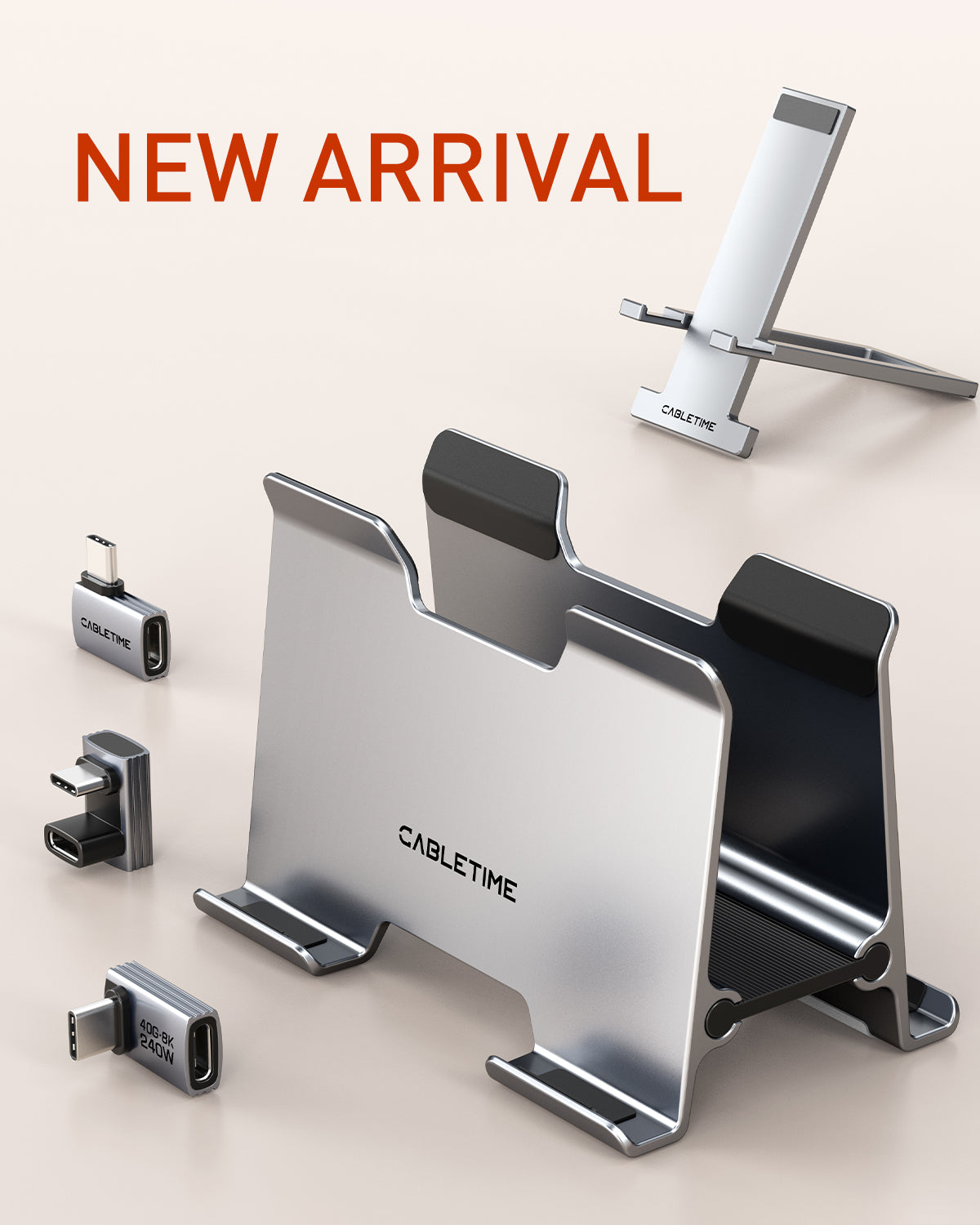
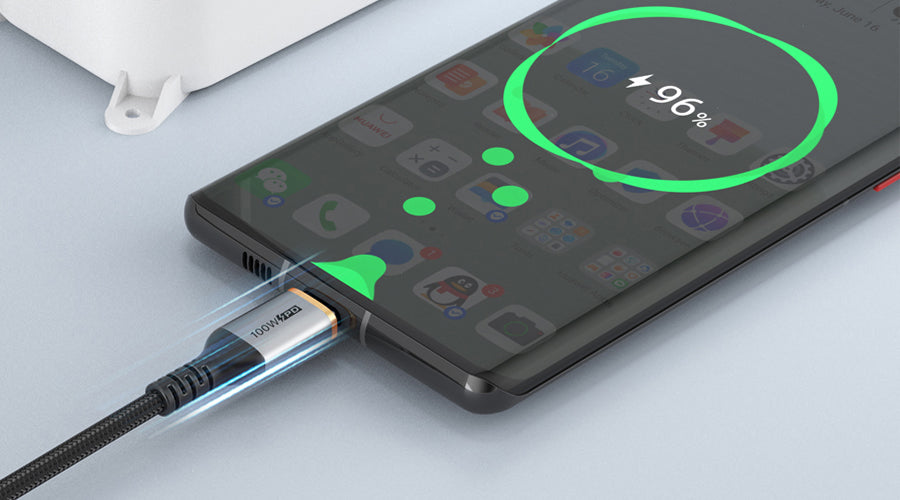
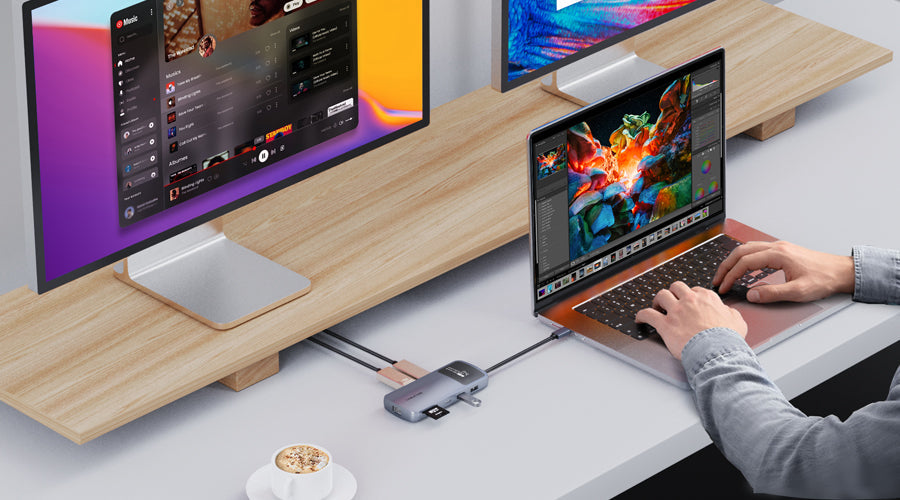
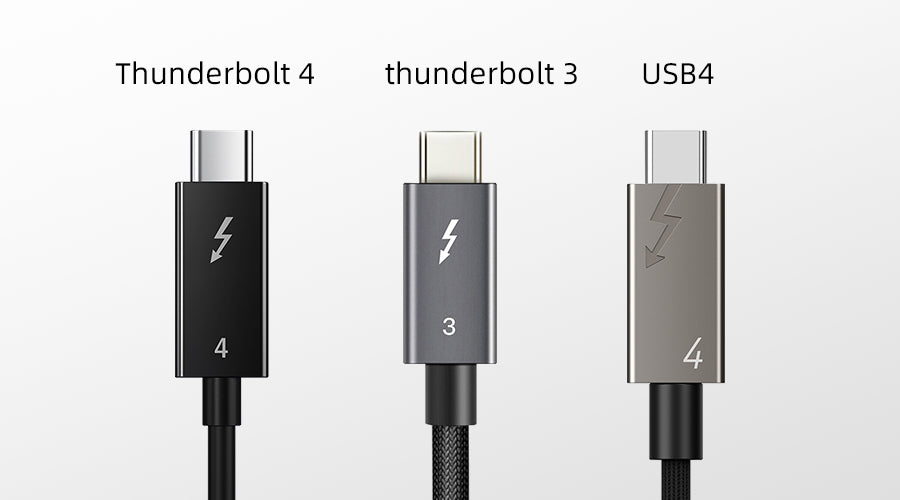
2 comments
АЛЕКСАНДР
Есть мнение, что заряжать телефон до 100% вредно для батареи. А как думаете Вы?
خالد
شكرا على المقال ممتاز و كامل الله يحفظكم
اريد ان اسال ما علاقة الكابل بالشاحن هل يجب ان يتوافق نفس الرقم 33واط لكل واحد شكراً
Leave a comment
This site is protected by hCaptcha and the hCaptcha Privacy Policy and Terms of Service apply.